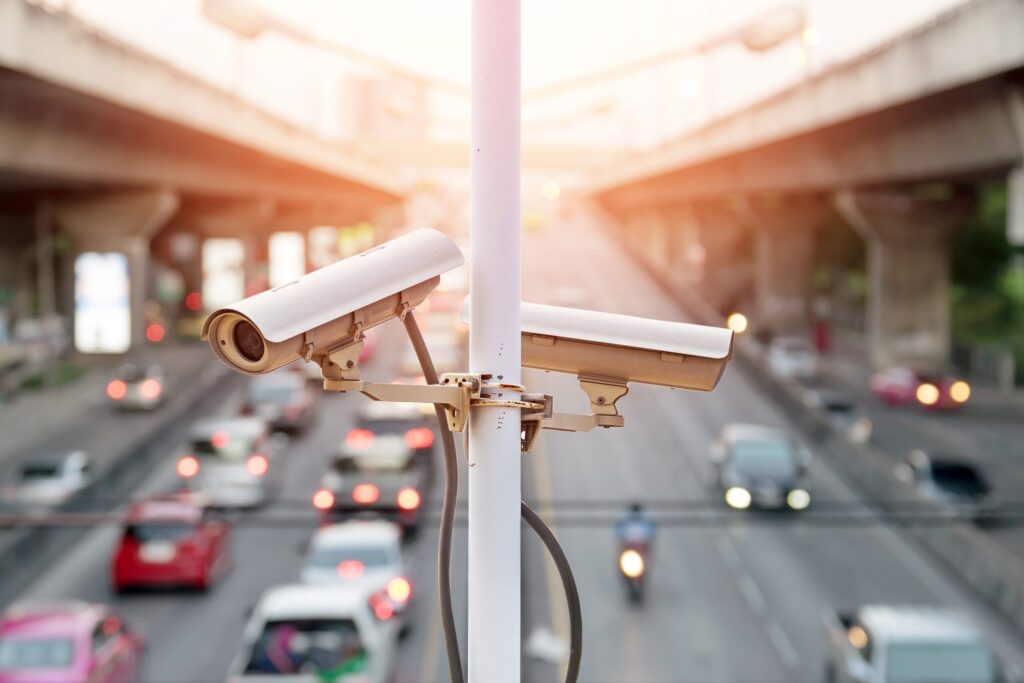NCAP TRO Lifted — that’s the headline catching the attention of drivers, commuters, and transport groups across Metro Manila this week. The Supreme Court NCAP decision now allows only the Metropolitan Manila Development Authority (MMDA) to resume implementation of the No Contact Apprehension Policy on select major roads.
After months of legal debate and confusion surrounding enforcement boundaries, this new ruling provides clarity, at least in part. The decision came after the MMDA filed an urgent motion asking the Court to lift the temporary restraining order (TRO) that had frozen its ability to implement NCAP. With the Supreme Court NCAP update, motorists need to re-familiarize themselves with what this policy means, where it applies, and what the next steps are.
NCAP TRO Lifted: A Partial Green Light for MMDA
In its En Banc session, the Supreme Court granted the MMDA’s request to resume implementation of NCAP, but with limitations. While the SC lifts NCAP TRO for MMDA, the restraining order still remains in effect for local government ordinances tied to NCAP. This means cities like Manila, Quezon City, Valenzuela, Muntinlupa, and Parañaque are still restricted from enforcing their versions of the No Contact Apprehension Policy.
According to SC spokesperson Atty. Camille Ting, the TRO was only lifted as it pertains to the MMDA NCAP enforcement powers. She clarified that this reactivation of the policy only applies to major thoroughfares, specifically EDSA and C5, where the MMDA has jurisdiction. So while this isn’t a full-scale return of NCAP across the metro, it’s a significant shift.
Subscribe to the Ex-works24/7 newsletter
MMDA NCAP Legal Implementation
The No Contact Apprehension Policy has long been controversial for both motorists and transport groups. It uses CCTV and digital monitoring systems to catch traffic violations without the need for face-to-face apprehension. This contactless method of enforcement was introduced as part of a broader push for modernizing traffic management and ensuring accountability. However, it has also raised questions about due process, notice of violation, and the burden placed on vehicle owners rather than actual drivers.
The Supreme Court NCAP decision in 2022 issued a TRO after transport groups filed a petition challenging LGU implementations of the policy. Groups such as KAPIT, Pasang Masda, and Altodap argued that local ordinances created confusion, lacked uniformity, and were prone to abuse. They were especially concerned about how NCAP affects jeepney and bus drivers, many of whom rent vehicles and are billed unfairly for violations.
NCAP TRO Lifted: Under MMDA Oversight
Now that the NCAP TRO lifted the freeze on MMDA’s version of the policy, it presents a new chapter. The MMDA NCAP implementation will move forward — but strictly on roads under its legal control, such as national highways. This marks a significant clarification, ensuring that only MMDA, not LGUs, has the authority to implement NCAP for now. This focus on MMDA-led execution reduces some of the overlap and jurisdictional confusion seen before the TRO. Many motorists had been left unsure about where the policy was active, whether notices of violation were valid, and how to dispute them. With NCAP now solely in the hands of the MMDA, expect a more standardized, central approach, at least for major Metro Manila roadways.
The Road Ahead After the Court Decision
Still, it’s important to remember that this isn’t the final word. While the NCAP TRO lifted for MMDA, the Court has not yet ruled on the main petition against the LGU implementations. If the Court later rules against NCAP ordinances in those cities, it may result in major policy reforms. Alternatively, the TRO may be lifted for them as well — allowing a more widespread return of NCAP throughout Metro Manila. Until then, motorists should stay informed, review current MMDA rules, and monitor updates from both the MMDA and Supreme Court. The implications of this ruling go beyond traffic enforcement and touch on wider themes of public surveillance, accountability, and legal consistency.
NCAP TRO Lifted: What Motorists Should Do Now
If you drive regularly along C5, EDSA, or other MMDA-controlled roads, consider this your friendly warning — NCAP is active again. Make sure your vehicle registration is updated, drive within speed limits, and avoid common infractions like illegal lane changes or beating the red light. MMDA may also update or enhance the policy’s features, especially its digital notification system, in the coming weeks. With the NCAP TRO lifted, drivers will likely see renewed enforcement cameras and automated tickets mailed to vehicle owners. Take time to verify your contact details in LTO records, as this is how notices are often sent.
The Supreme Court NCAP decision reflects a careful balance between modernization and due process. Though limited in scope for now, the ruling empowers the MMDA to move forward with NCAP on a controlled basis. As the Supreme Court NCAP update continues to unfold, stakeholders — from motorists to transport groups — should stay vigilant and responsive. For now, the focus is clear: MMDA leads the way on NCAP, while LGUs await further Court action.




